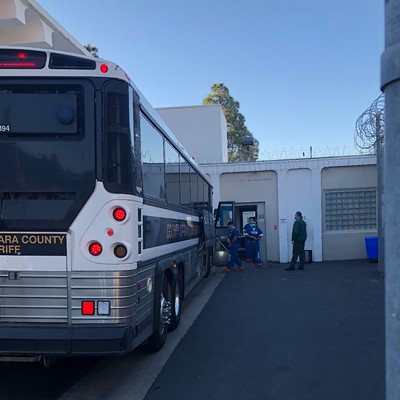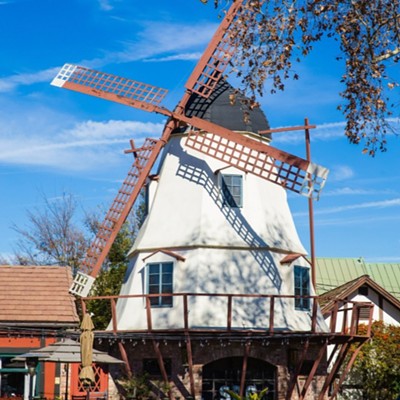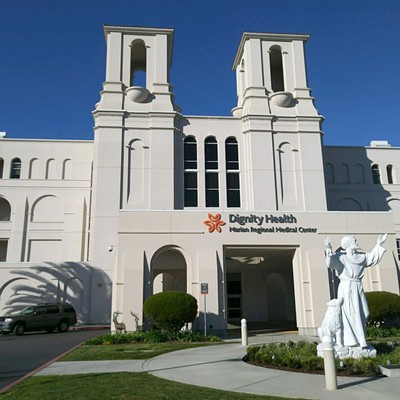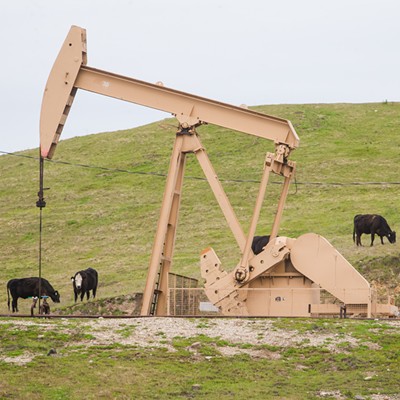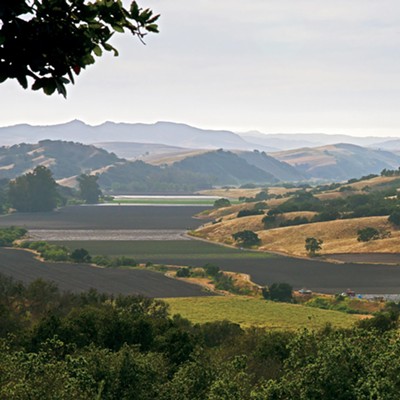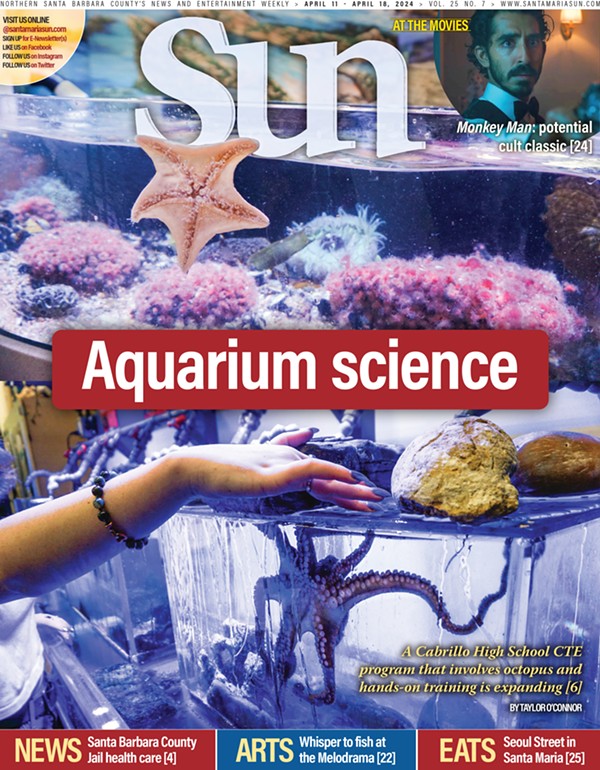It’s the time of year when rain is rare, and your water bill is higher than usual. Sprinklers are being put to use, and long showers are being taken after that nice soak in the sun at the beach.
According to epa.gov, the average American family of four is using 400 gallons of water per day, and now is a critical time to track water usage. The Santa Maria Utilities Department—along with other water agencies throughout Santa Barbara County—is observing May as Water Awareness Month to help California residents learn more about water issues and conservation.
The city of Santa Maria generally excels at using moderate amounts of water, but with two years of successive dry weather, conservation is always a desired route, said Tom Fayram of Santa Barbara County Public Works.
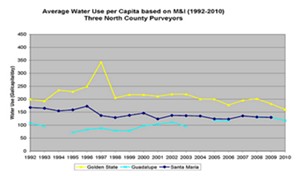
“What we preach is that water conservation is really a way of life for all Californians to be aware of,” Fayram said, “and to not waste water even when reservoirs are full. Every drop of water we can save when water reservoirs are full just means we can last through more dry periods.”
The city has a diverse range of water supplies for agricultural and urban use, such as groundwater withdrawal, storm runoff collection in local reservoirs, the State Water Project, and recycled water. Urban water use, or Municipal and Industrial (M&I), refers to commercial, industrial, residential, and institutional uses, while agricultural water is used for crop irrigation, production, and processing, and usually comes from private groundwater wells; supply is delivered to consumers through water purveyors from incorporated cities, community service districts, water districts, public utility companies, and conservation districts.
Water rates have increased five to 10 cents per year for the past 25 years, with a current set rate of $27.22 a month per normal household and additional fees based on the amount of water used on top of that. The Santa Maria City Council increased water rates by five percent for the years 2012 and 2013, and will propose the same annual five percent increase for the next few years, Santa Maria Utilities Department Director Richard Sweet said. The increases, however, aren’t because of conservation issues, but rather to keep up with changing water demands as resources become limited in the future.
“What happens is that if you don’t keep up, you’ll have periods where you have no rate increase, and periods where you have a very large rate increase,” Sweet said. “If you want to see interesting rates, you can take a look at Lompoc; they’re looking at double-digit increase rates.”
At this point, Santa Maria’s per-capita use is very low, Sweet said. So low that the city has pretty much already met demands laid out in state legislation that requires a 20 percent water-use reduction by the year 2020. Per-capita use refers to the average amount of water residents use per year, including indirect usage, such as school irrigation and firefighting. By evaluating per-capita use, the city can track water-use trends and calculate the impact of water-use efficiency programs.
Water usage in the city can fluctuate depending on a variety of factors, including weather changes, plumbing fixtures and irrigation systems, customers’ socioeconomic differences, customers’ awareness of water resources and need for conservation, and types of programs focused on promoting conservation by retail water purveyors.
Santa Maria has remained fairly consistent in its moderate water usage, using between 100 and 150 gallons per capita per day for the past 16 years. In 2011, the city was estimated to have used 72 gallons per person, per day based on residential water usage, while the average amount used throughout Santa Barbara County cities was 131.5 gallons. As for M&I usage, the city used 108 gallons per person per day compared to the county average of 172.4 gallons.
“Santa Maria residents are very good at conserving water,” Sweet continued. “But we offer water audits to any customer that wants us to come out and evaluate their water usage. [We] go out to classrooms to talk about water conservation, and issue a number of water-saving devices free of charge.”
Even though the city currently doesn’t need to reduce its water consumption, officials say getting familiar with water-saving techniques is important. Local factors—such as the semiarid climate, periodic droughts, and rising price of water—call for efforts to reduce waste. Minimizing waste leads to saving energy, reducing flow into wastewater treatment facilities, and decreasing the need to develop new supplies and sources. Individual residents can also reap benefits with lower water and energy statements at the end of the month.
Santa Barbara County Public Works’ Fayram believes the city should strive to meet reduction goals regardless of any specific condition, such as short-term weather patterns.
“I think our main direction [and] message is that water conservation is something that we should be focusing on regardless of any current weather condition,” he said.
To learn more about water consumption and conservation, visit waterwisesb.org. To get free water-saving devices from the utilities department, call 925-0951, Ext. 7270. m
Contact Intern Andrea Kang at [email protected].



